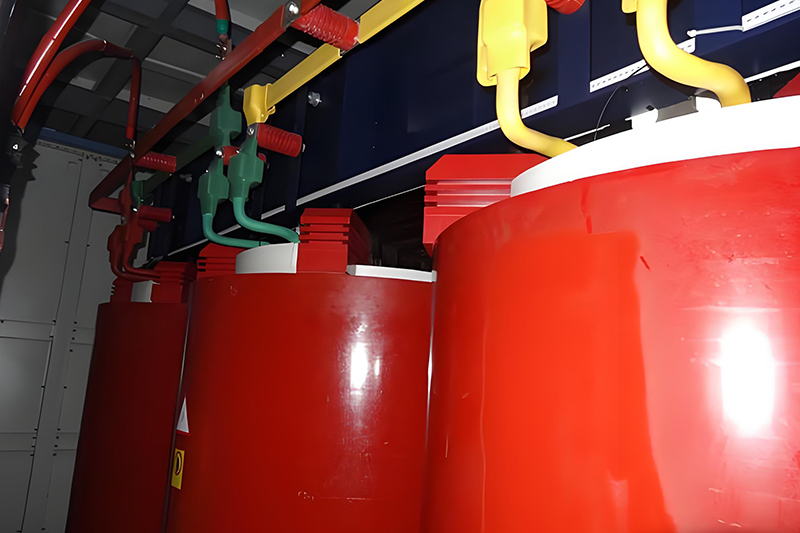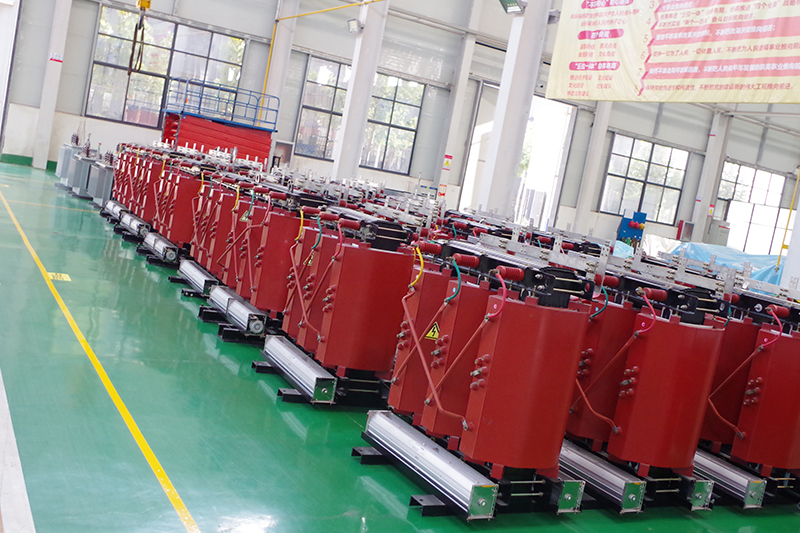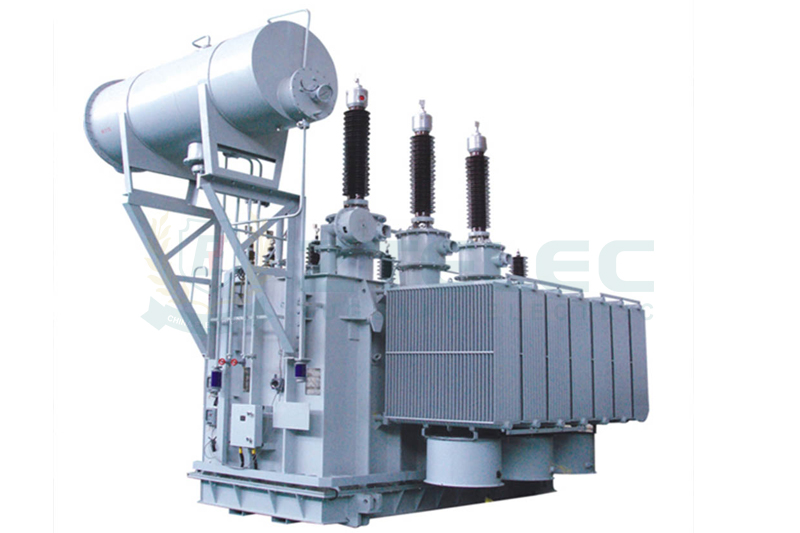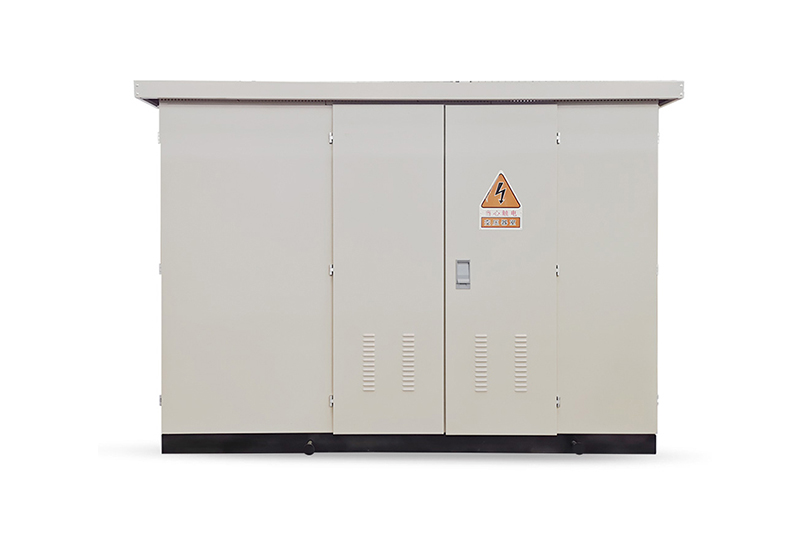Dry-Type Transformer Maintenance | 5 Online Monitoring Techniques to Extend Lifespan
Time:2025-10-9 Auther:ZTelec-www.ztelectransformer.com
Dry-type transformers are widely used in power systems for commercial buildings, data centers, hospitals, and industrial facilities. Unlike oil-immersed transformers, they use air as a cooling medium, making them safer, more environmentally friendly, and easier to install and maintain. However, even though dry-type transformers are low-maintenance, they are not maintenance-free. Preventive and predictive maintenance remain essential for ensuring long-term reliability, minimizing downtime, and reducing costly repairs.
With the advancement of smart grid technologies, traditional manual inspections are gradually being replaced by real-time online monitoring systems. These intelligent monitoring methods enable early fault detection, enhance system safety, and extend transformer service life. This article provides a detailed guide to the operation and maintenance of dry-type transformers, focusing on five essential online monitoring technologies that transform maintenance from reactive to proactive.

Why Online Monitoring is Crucial for Dry-Type Transformers
The primary causes of dry-type transformer failures are thermal aging and insulation degradation. Factors such as overheating, partial discharge, dust buildup, and loose connections can accelerate these issues. Online monitoring systems address these problems through continuous data collection and intelligent fault diagnosis. Their main benefits include:
1. Uninterrupted Real-Time Monitoring: Tracks operational data 24/7, detecting transient faults that manual inspections might miss.
2. Early Fault Warnings: Provides timely alerts when abnormal conditions occur, allowing maintenance teams to take corrective action before a failure escalates.
3. Extended Equipment Lifespan: Maintains key parameters within safe limits to prevent excessive wear and insulation aging.
4. Reduced Operational Costs: Minimizes unplanned outages and optimizes maintenance scheduling, achieving both reliability and cost-efficiency.
Five Key Online Monitoring Technologies for Dry-Type Transformers
1. Temperature Monitoring Technology
Temperature is a critical parameter for dry-type transformer health. Installing sensors at winding and core locations allows real-time tracking of operating temperatures. Overheating can lead to insulation breakdown or winding damage. Advanced tools like infrared thermal imaging provide non-contact temperature detection, accurately visualizing heat distribution and identifying potential hotspots before failure occurs.
2. Partial Discharge Monitoring Technology
Partial discharge (PD) is an early indicator of insulation failure. By applying ultrasonic detection or high-frequency current measurement, PD signals can be captured and analyzed. This allows timely identification of insulation aging, moisture ingress, or contamination issues, helping maintenance engineers perform targeted interventions and prevent breakdowns.

3. Gas-in-Oil Analysis (Reference Technology)
Although mainly used for oil-immersed transformers, dissolved gas analysis (DGA) provides valuable insights into internal electrical faults. By detecting gases such as hydrogen, methane, and ethane, engineers can determine overheating or discharge conditions. Regular monitoring of gas composition trends helps anticipate faults early, even in hybrid dry-type systems with limited oil insulation components.
4. Core Ground Current Monitoring
This method helps identify core grounding issues or localized short circuits. Under normal operation, the core ground current remains minimal and stable. Abnormal increases often indicate insulation failure or improper grounding, which could lead to overheating or internal damage if left unaddressed. Continuous monitoring enables quick detection and corrective maintenance.
5. Vibration Monitoring Technology
Dry-type transformers naturally generate mechanical vibrations during operation. However, significant changes in vibration amplitude or frequency can indicate problems such as loose windings, deformed cores, or structural fatigue. Vibration sensors provide real-time data for fault diagnosis and trend analysis, ensuring stable mechanical performance and reducing unexpected shutdowns.
These five online monitoring technologies—temperature, partial discharge, gas analysis, core current, and vibration—work synergistically to ensure comprehensive real-time supervision of dry-type transformer performance. Through continuous monitoring and early warnings, operators can significantly extend transformer lifespan, improve system reliability, and reduce maintenance costs. As the power industry moves toward digital transformation, implementing intelligent monitoring systems is becoming a core strategy for safe, efficient, and sustainable transformer management.
Ztelecgroup provides advanced dry-type transformer solutions integrated with intelligent monitoring systems to help customers achieve reliable power distribution and long-term operational stability.




